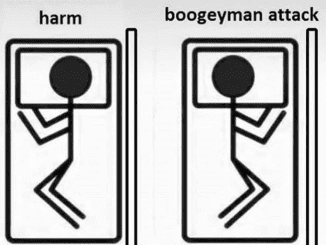Most smartphone users have experienced the frustration of watching their battery drain faster over time. Whether it’s recharging multiple times a day or the battery losing power more quickly than it used to, there’s often a common culprit behind these issues: improper charging habits. One of the most significant mistakes people make is charging their phone battery to 100%. Although it may seem logical to fully charge your device, doing so can actually harm the battery and reduce its overall lifespan. So, what’s the best percentage to charge your phone battery to avoid damaging it? Let’s explore the details.
The Science Behind Lithium-Ion Batteries
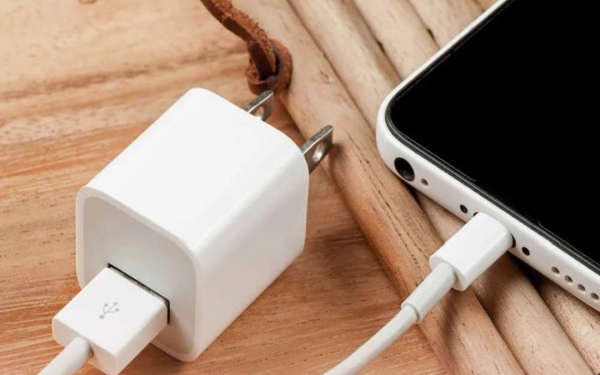
Modern smartphones are powered by lithium-ion batteries, which offer high energy density and are efficient in storing charge. However, lithium-ion batteries are sensitive to both overcharging and over-discharging. The stress caused by high voltages (when fully charged) and low voltages (when fully depleted) accelerates battery degradation, reducing its performance and lifespan over time.
Why Avoid Charging to 100%?
Charging your phone to 100% puts unnecessary strain on the battery. Lithium-ion batteries experience the most stress when they are fully charged, as this leads to higher voltage levels within the battery cells. Over time, this stress causes the battery to wear down more quickly, reducing its ability to hold a charge and shortening its overall life.
Experts recommend keeping your battery charged between 50% and 80% for optimal longevity. This range provides enough power for daily use without over-stressing the battery, allowing it to perform efficiently without unnecessary strain.
The Optimal Charging Percentage for Your Phone Battery
To extend your battery’s life, the general rule of thumb is to charge your phone only up to 80% and avoid letting it drop below 20%. Charging within this range helps minimize wear on the battery’s cells, ensuring it lasts longer and maintains optimal performance.
- 50% to 80% is ideal: This range keeps your battery in a safe zone, avoiding the stress of both overcharging and undercharging.
- Don’t let it drop to 0%: Allowing your battery to drain completely can also damage the battery cells, so it’s best to plug in the charger before your phone hits critical levels.
Common Mistakes When Charging Your Phone
1. Using Non-Genuine Chargers
One of the most common mistakes people make is using non-genuine or low-quality chargers. These chargers may not provide the proper voltage or current needed for your phone, which can damage the battery and reduce its lifespan. It’s important to use only the charger and cable provided by your phone’s manufacturer or certified alternatives that meet the required standards.
2. Charging Overnight
Charging your phone overnight may seem convenient, but it can harm your battery. Although modern smartphones are designed to stop charging once they reach 100%, the battery will still experience mini charge cycles throughout the night, where it discharges slightly and then recharges. This constant topping off adds unnecessary strain to the battery.
3. Using Your Phone While It Charges
Using your phone while charging is another bad habit that can shorten your battery’s life. When you use your phone, especially for resource-heavy tasks like gaming or video streaming, it generates heat. Combined with the heat produced by charging, this can cause the battery to overheat, which is one of the leading causes of battery degradation.
How to Prevent Battery Drain and Overheating
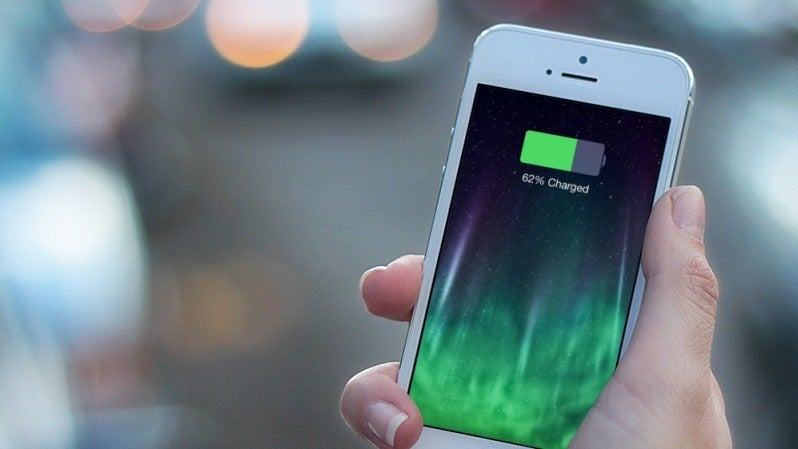
If your phone’s battery drains quickly or becomes too hot during use, here are a few steps to help prevent these issues:
1. Lower Screen Brightness
A bright screen not only drains your battery but also causes your phone to overheat. Reducing your screen brightness to a moderate level can help conserve battery power and keep your phone from generating excess heat.
2. Close Unused Background Apps
Running too many apps in the background can drain your battery faster and cause your phone to overheat. Regularly check and close apps that you’re not using to improve battery life and reduce the workload on your device.
3. Avoid Prolonged Filming or Photo Sessions
Using your camera for extended periods—such as filming or taking numerous photos—can cause your phone to overheat. To prevent this, take breaks between shoots and allow your phone to cool down before using it again.
4. Keep Your Phone Away from Heat Sources
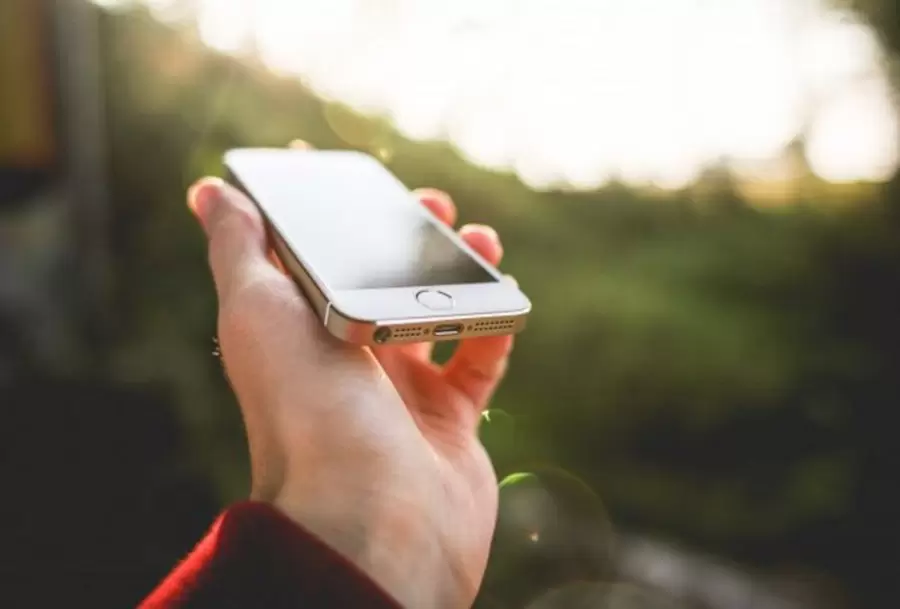
Exposure to heat can quickly damage your phone’s battery. Avoid leaving your phone in direct sunlight or near heat sources like ovens or heaters. Extreme heat can cause the battery to expand, which can lead to permanent damage or, in rare cases, explosions.
5. Don’t Use the Phone While Charging
To ensure proper charging and maintain battery health, avoid using your phone while it’s plugged in. Using your phone while charging generates heat and puts a strain on the battery, increasing the risk of short circuits or, in severe cases, explosions.
6. Limit Gaming Sessions
High-configuration games put significant stress on your phone’s processor, consuming a large amount of RAM and battery. If you notice your phone overheating or your battery draining quickly while gaming, it’s a good idea to take breaks and let your phone cool down.
7. Restart Your Phone Regularly
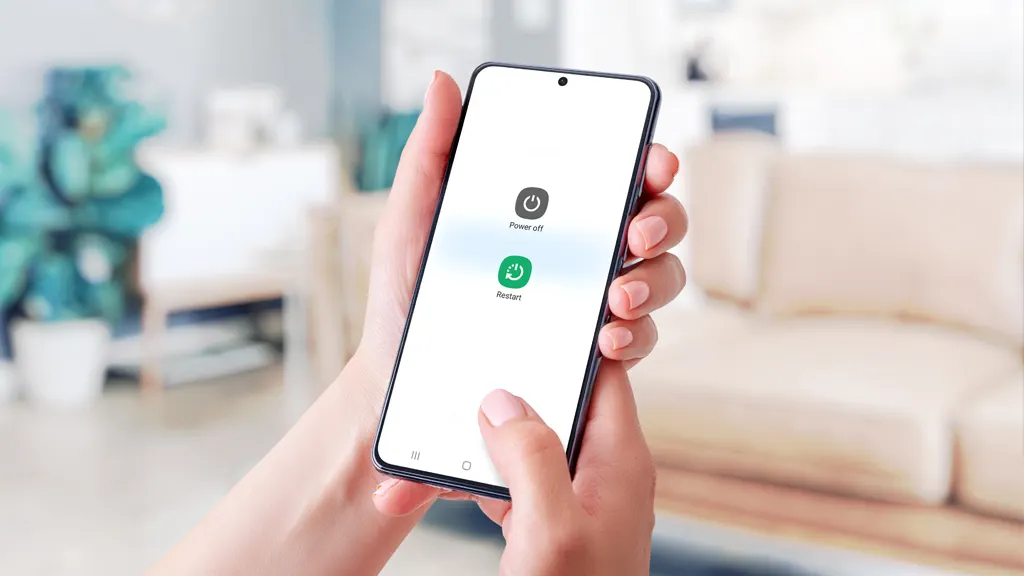
Restarting your phone can help clear out any temporary data or processes that might be slowing down your phone or draining the battery. A weekly restart can refresh your device and help it run more efficiently.
8. Update Your Phone’s Operating System
Keeping your phone’s software up to date is essential for maintaining optimal performance. New updates often include improvements to battery efficiency and security, helping your phone run smoothly while extending its battery life.
9. Turn Off Network and Bluetooth When Not in Use
Leaving your mobile data, Wi-Fi, or Bluetooth on when you’re not using them can significantly drain your battery. Turn these features off when you don’t need them to conserve energy and reduce unnecessary battery consumption.
Conclusion: Charge Smarter, Not Longer
By changing your charging habits, you can extend your phone battery’s life and improve its overall performance. Instead of charging your phone to 100%, aim for keeping it between 50% and 80%, and avoid letting it drop below 20%. Implementing the tips mentioned in this article—such as using genuine chargers, avoiding overnight charging, and keeping your phone cool—will help you maintain a healthier, longer-lasting battery.
In a world where our phones are always by our side, it’s worth taking the extra steps to ensure they stay powered efficiently for as long as possible. Charge smartly, avoid unnecessary wear and tear, and your phone battery will thank you with longer, more reliable performance.
